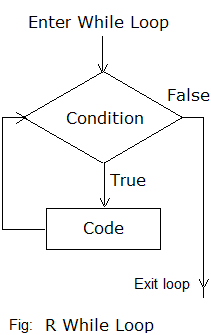

There are lots of useful functions you can apply to data frames, some of which I've gone over in earlier sections, such as summary() and the psych package's describe().Īnd speaking of quirks: There are several ways to find an object's underlying data type, but not all of them return the same value. In a data frame, you can think of each row as similar to a database record and each column like a database field. If you've got data in a format that might work well as a database table (or well-formed spreadsheet table), it will also probably work well as an R data frame. A matrix has rows and columns you can find a matrix dimension with dim() such asĪ matrix needs to have all the same data type in every column, such as numbers everywhere.ĭata frames are like matrices except one column can have a different data type from another column, and each column must have a name. R also has special vector and list types that are of special interest when analyzing data, such as matrices and data frames. There are several as() functions for converting one data type to another, including as.character(), as.list() and as.ame(). In a situation where this matters to you, you can check what type of number you've got by using the class() function: If you want the integer 3, you need to signify it as 3L or with the as.integer() function. (If you don't create a list, you may be unpleasantly surprised that your variable containing (3, 8, "small") was turned into a vector of characters ("3", "8", "small") ).Īnd by the way, R assumes that 3 is the same class as 3.0 - numeric (i.e., with a decimal point). If you want to mix numbers and strings or numbers and TRUE/FALSE types, you need a list. (See the screen shot, below.) If you've got a vector with lots of values so the printout runs across multiple lines, each line will start with a number in brackets, telling you which vector item number that particular line is starting with. If you've got a vector with lots of values so the printout runs across multiple lines, each line will start with a number in brackets, telling you which vector item number that particular line is starting with. That's telling you that your screen printout is starting at vector item number one. When you access the value of a variable that's got just one value, such as 73 or "Learn more about R at ," you'll also see this in your console before the value: The best way for a beginner to deal with this is to use the preferred assignment operator Ī single number or character string is also a vector - a vector of 1. In this lesson, we will discuss the for loop.

No statement below next in the current loop is evaluated. The next iteration of the loop (if there is one) is then executed. When can you use it and when can you not? The next statement immediately causes control to return to the start of the loop. To add to the potential confusion, the equals sign actually can be used as an assignment operator in R - but not all the time.


 0 kommentar(er)
0 kommentar(er)
